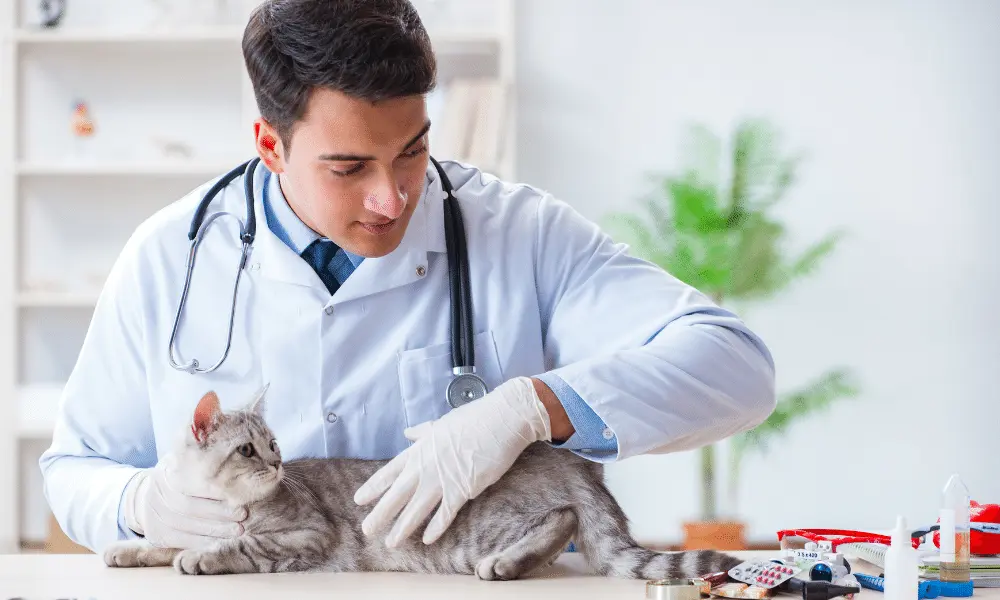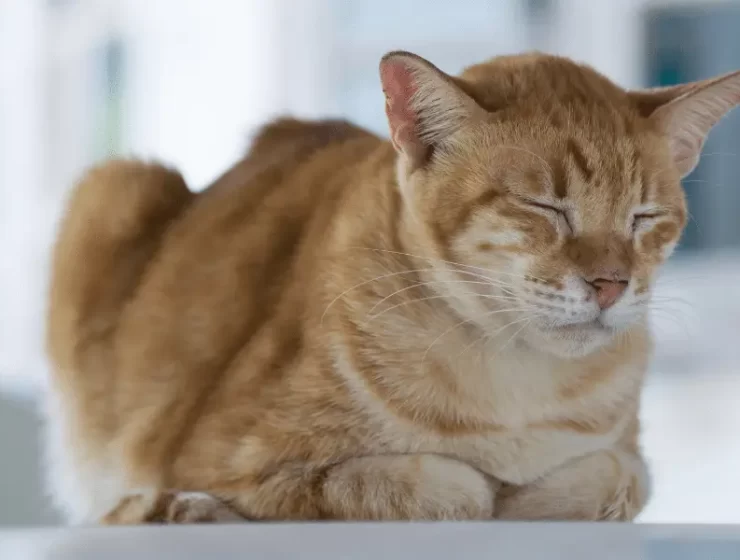Cats are the joy of our homes, our loyal friends. But unfortunately, from time to time they can contract various diseases. These diseases can reduce their quality of life and lead them to situations that require treatment. In this blog post, we’ll focus on two of the most common diseases in cats: fungus and drooling. Fungal disease is a condition that occurs on the skin and fur of cats, while drooling disease refers to problems with oral and dental health. Read on for more information!
Most Common Diseases in Cats
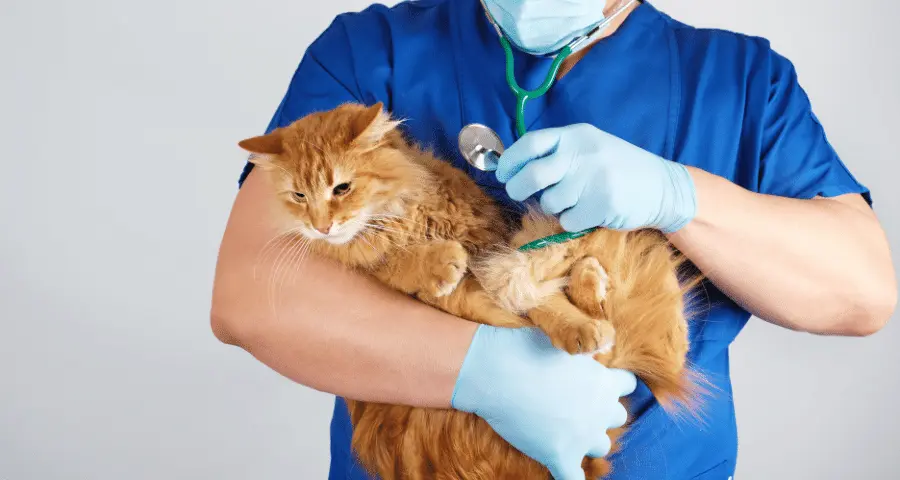
Cats are cute and playful companions that adorn our homes. Unfortunately, however, they can occasionally suffer from various health problems. Here you can find the most common diseases in cats, their symptoms and treatment methods.
The Most Common Diseases in Cats: Cats are more susceptible to various diseases due to their weak immune systems. One of the most common diseases is upper respiratory tract infections. These infections are characterized by symptoms such as sneezing, coughing, runny eyes and nose. Another common disease is urinary tract infections. Symptoms such as difficulty urinating, frequent urge to go to the toilet and vomiting may occur.
Another common disease is parasitic infections. Parasites settle in the internal organs of cats and cause various problems. Symptoms can include vomiting, diarrhea and loss of appetite. In addition, malnutrition is also one of the most common diseases in cats. Improper or inadequate nutrition can cause obesity, diabetes and heart disease in cats. Treatment Methods:
| Disease | Symptoms | Treatment |
|---|---|---|
| Upper Respiratory Tract Infections | Sneezing, coughing, runny eyes and nose | Antibiotic treatment |
| Urinary Tract Infections | Difficulty urinating, frequent urge to urinate, vomiting | Antibiotic treatment |
| Parasite Infections | Vomiting, diarrhea, loss of appetite | Antiparasitic drugs |
| Nutrition Disorders | Obesity, diabetes, heart disease | Dietary changes, appropriate food selection |
Fungal Disease
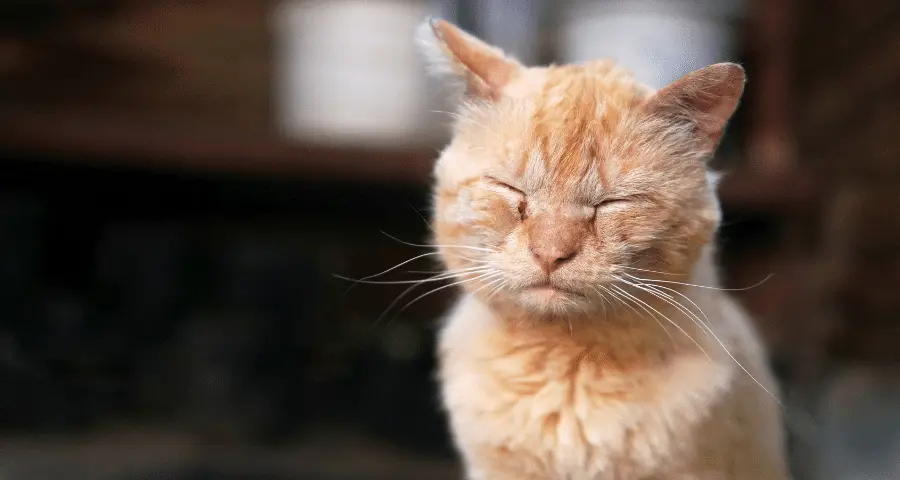
Fungal disease is a very common problem in cats. This disease is caused by an infection, usually caused by fungi. The most common fungal species include Microsporum canis, Microsporum gypseum and Trichophyton mentagrophytes. Cats usually contract these fungi through contact with other infected animals or their environment.
Symptoms of fungal disease can vary in cats. These include hair loss, redness, scaling, itching, sores and spotting of the skin. A fungal infection usually starts on the cat’s skin, fur or nails and spreads rapidly.
A cat with these symptoms may have a fungal disease. It is important to consult a veterinarian for treatment of fungal disease. By examining a skin scraping, the vet can make a diagnosis and recommend appropriate treatment. During the treatment process, antifungal medications can be used and it is important to clean the environment.
| Fungal Disease Treatment | Ways to Prevent Fungal Disease |
|---|---|
| Antifungal medicines are used to treat fungal infections. | Antifungal medicines are used to treat fungal infections. |
| It is important to clean and comb the cat’s coat regularly. | Other infected animals and sources of fungi should be avoided. |
| The veterinarian’s recommendations should be followed during the treatment process. | The cat should be given a healthy diet and vitamin supplements on a regular basis. |
Remember, fungal disease can cause serious problems in cats and can spread easily. Therefore, you should be aware of your cat’s symptoms and take the necessary precautions. Don’t forget to seek help from your veterinarian for proper diagnosis and treatment.
Drooling Disease
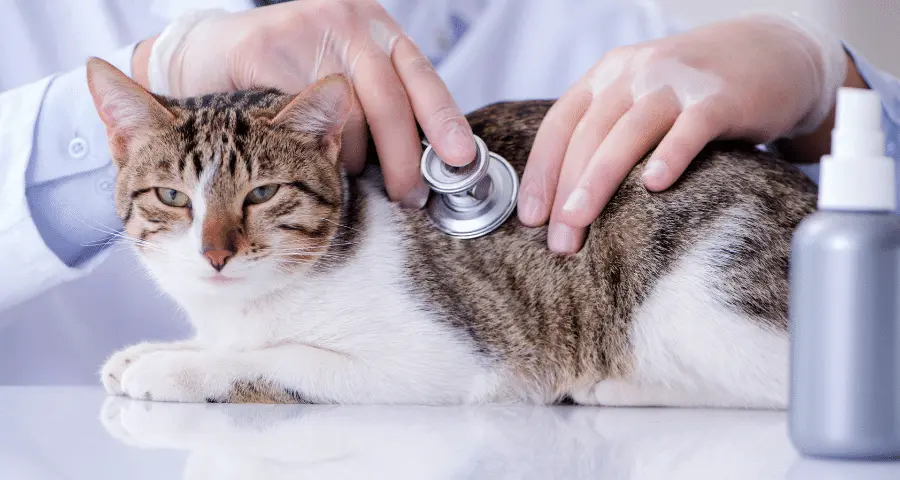
One of the most common diseases in cats is drooling disease. Drooling occurs in cats as a result of infection of the mouth and salivary glands and causes a number of symptoms. It is usually transmitted through contact with other cats or cats living in diseased environments. Salivary disease can be caused by a streptococcal infection. This infection can cause symptoms such as loss of appetite, bad breath, increased salivation, swollen salivary glands and sores in the mouth.
It is important to consult a veterinarian for treatment of drooling disease. The veterinarian can make the correct diagnosis by performing a physical examination and taking a saliva sample. Generally, drooling is treated with antibiotics and oral hygiene medications. It is also important to keep the cat away from sources of infection.
Prevention is also very important in the fight against drooling disease. You can reduce the risk of drooling by regularly vaccinating your cat, maintaining a hygienic environment, and keeping the cat away from infected environments. It is also important to be careful when bringing the cat into contact with other cats and to limit contact with infected cats.
You can take the following measures to combat this disease:
| Vaccines | Vaccinating your cat regularly can reduce the risk of drooling disease. |
| Hygienic environment: | Keeping your cat’s living space clean can reduce the risk of disease. |
| Contact control: | Limiting your cat’s contact with infected cats can reduce the risk of disease transmission. |

